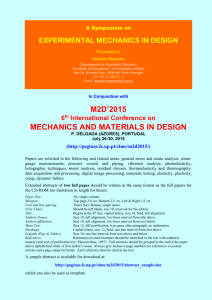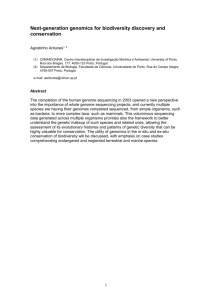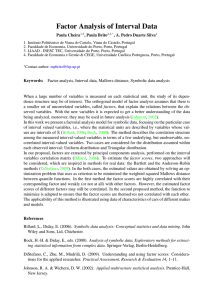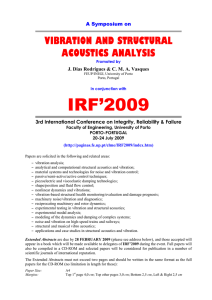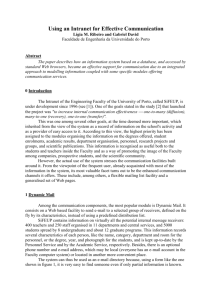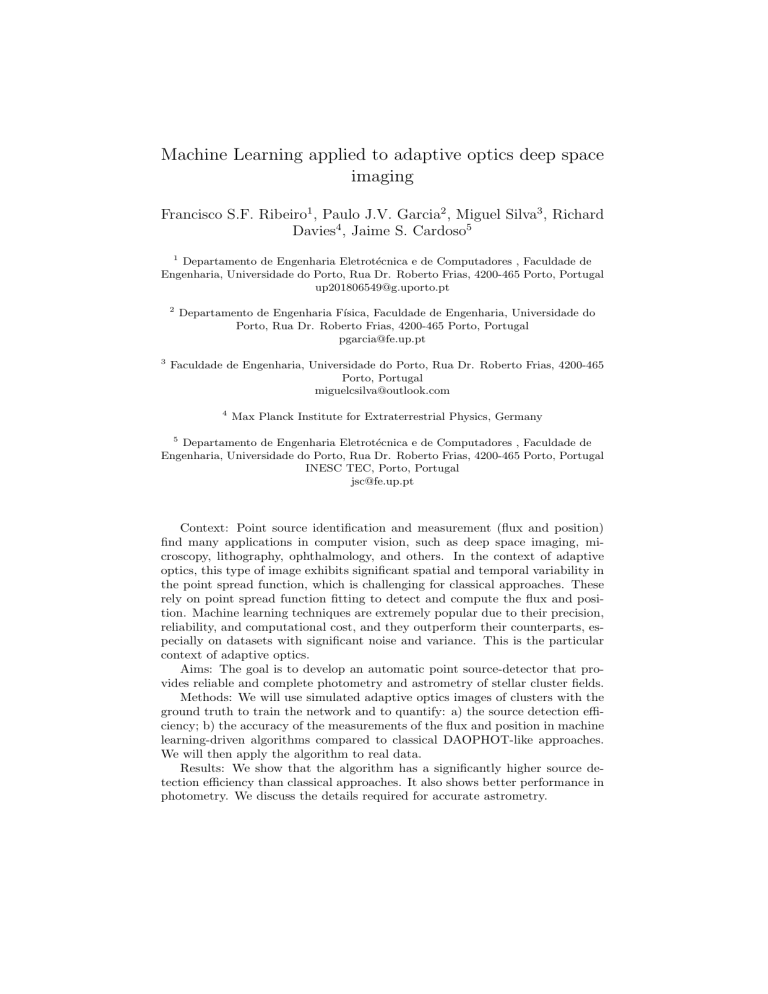
Machine Learning applied to adaptive optics deep space imaging Francisco S.F. Ribeiro1 , Paulo J.V. Garcia2 , Miguel Silva3 , Richard Davies4 , Jaime S. Cardoso5 1 Departamento de Engenharia Eletrotécnica e de Computadores , Faculdade de Engenharia, Universidade do Porto, Rua Dr. Roberto Frias, 4200-465 Porto, Portugal up201806549@g.uporto.pt 2 3 Departamento de Engenharia Fı́sica, Faculdade de Engenharia, Universidade do Porto, Rua Dr. Roberto Frias, 4200-465 Porto, Portugal pgarcia@fe.up.pt Faculdade de Engenharia, Universidade do Porto, Rua Dr. Roberto Frias, 4200-465 Porto, Portugal miguelcsilva@outlook.com 4 Max Planck Institute for Extraterrestrial Physics, Germany 5 Departamento de Engenharia Eletrotécnica e de Computadores , Faculdade de Engenharia, Universidade do Porto, Rua Dr. Roberto Frias, 4200-465 Porto, Portugal INESC TEC, Porto, Portugal jsc@fe.up.pt Context: Point source identification and measurement (flux and position) find many applications in computer vision, such as deep space imaging, microscopy, lithography, ophthalmology, and others. In the context of adaptive optics, this type of image exhibits significant spatial and temporal variability in the point spread function, which is challenging for classical approaches. These rely on point spread function fitting to detect and compute the flux and position. Machine learning techniques are extremely popular due to their precision, reliability, and computational cost, and they outperform their counterparts, especially on datasets with significant noise and variance. This is the particular context of adaptive optics. Aims: The goal is to develop an automatic point source-detector that provides reliable and complete photometry and astrometry of stellar cluster fields. Methods: We will use simulated adaptive optics images of clusters with the ground truth to train the network and to quantify: a) the source detection efficiency; b) the accuracy of the measurements of the flux and position in machine learning-driven algorithms compared to classical DAOPHOT-like approaches. We will then apply the algorithm to real data. Results: We show that the algorithm has a significantly higher source detection efficiency than classical approaches. It also shows better performance in photometry. We discuss the details required for accurate astrometry.
